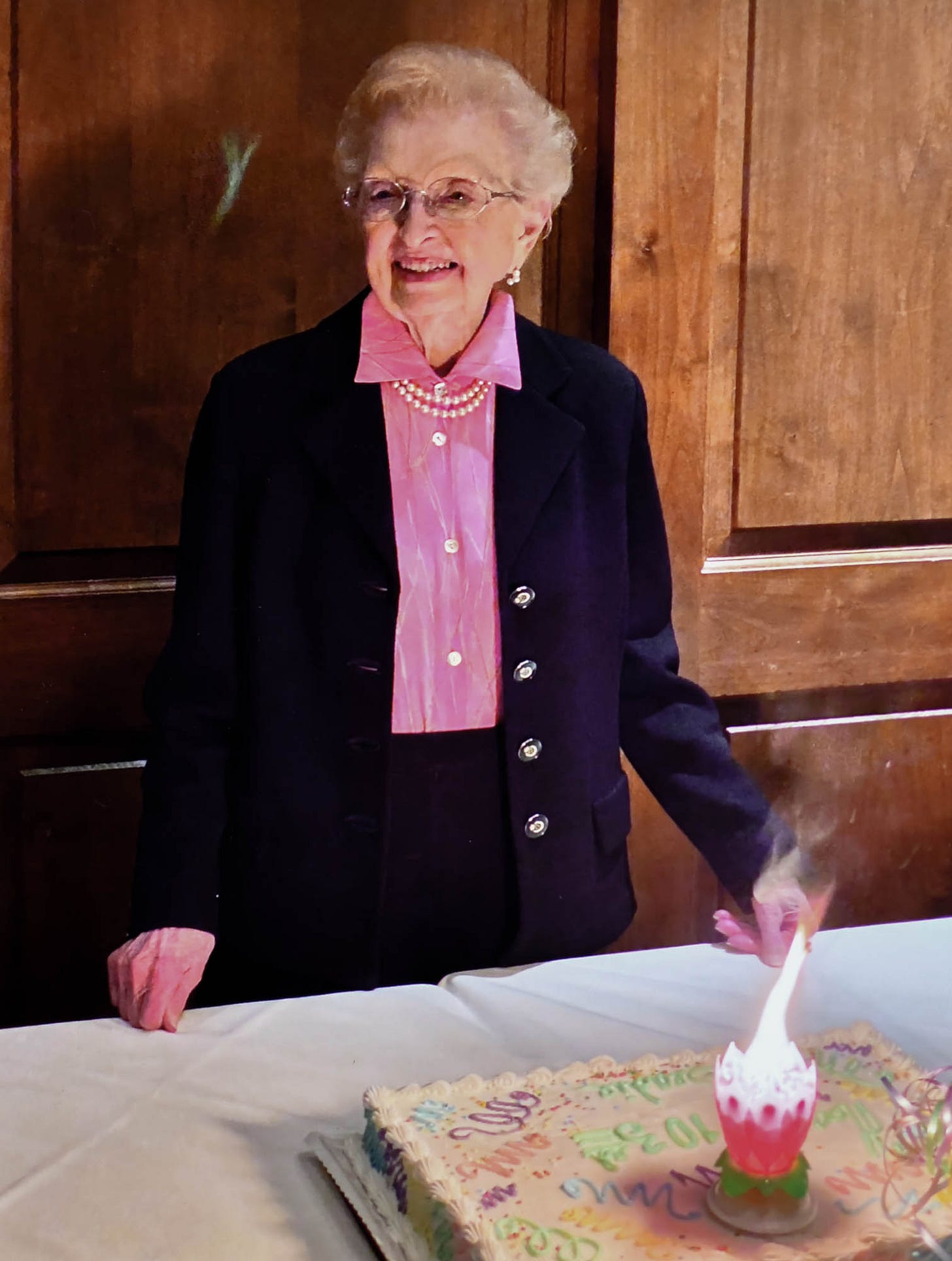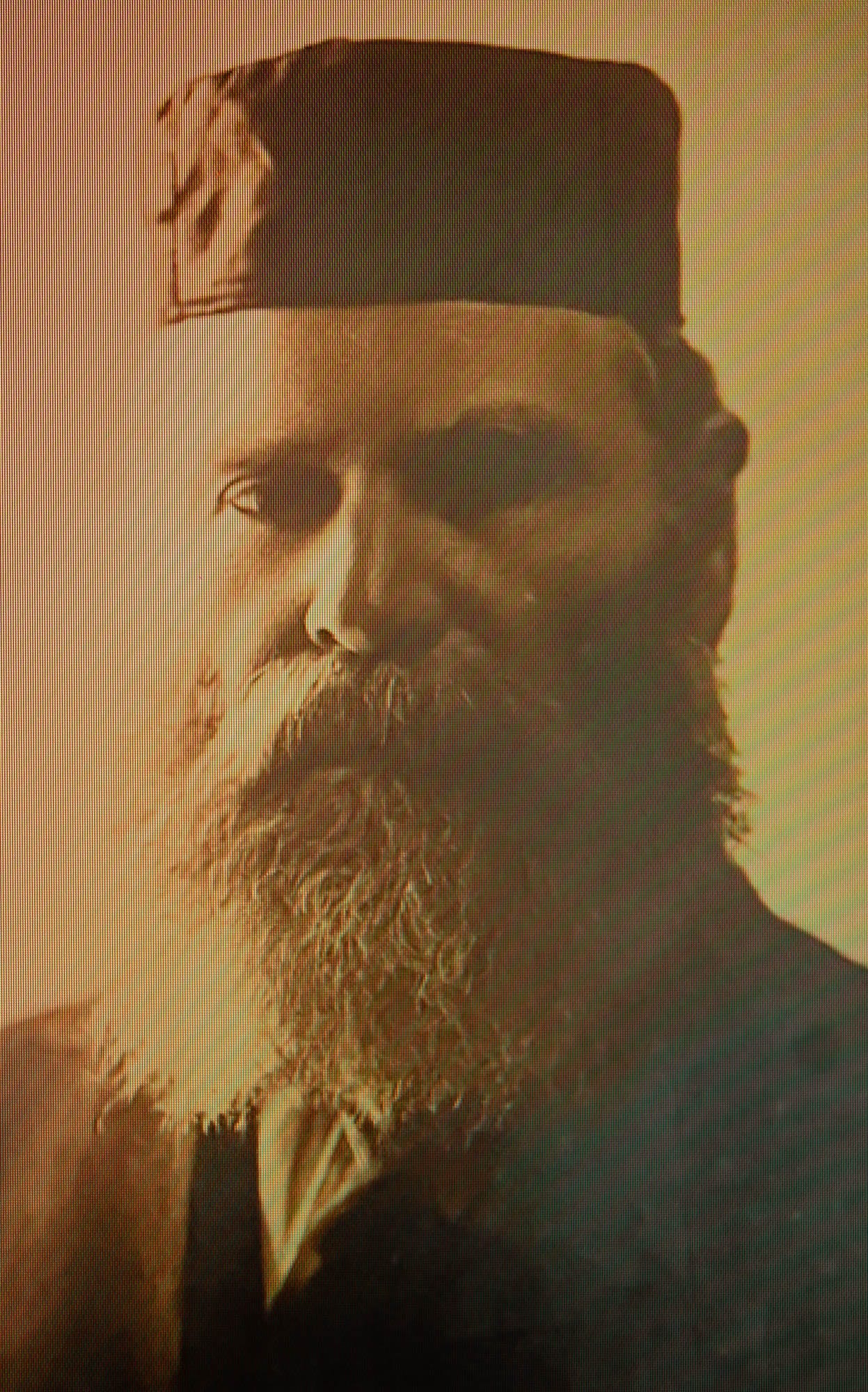Feeling Life's Awe — Here’s the Best Way
"'Moral beauty' occurs when we encounter other people's courage, kindness, strength, and abilities. They enrich our lives by showing us the best of what we can be."
By Michael S. Lewis, M.D.
What is awe? Awe is that feeling you get when you first see a newborn child, a total eclipse of the sun, or when the Chicago Bears win the Super Bowl this year.
Psychologist Abraham Maslow described these experiences as transcendent moments of pure joy, wonder, and elation, involving sudden and intense feelings of happiness and well-being.
We are swept beyond our ordinary sense of self. We have an overwhelming feeling of reverence and admiration — produced by something grand and sublime.
As with the above examples, many things can trigger feelings of awe.
What is fascinating to me is that in our daily lives, we are most likely to feel awe when we observe moral beauty. And this has been confirmed in studies of many cultures from around the world.
What is moral beauty? Moral beauty occurs when we encounter other people's courage, kindness, strength, and abilities. They inspire us through their exceptional virtue, character, ability, and accomplishments. They enrich our lives by showing us the best of what we can be.
We experience an increased optimism, gratitude, and openness to others. We feel more generous, hopeful, and empathetic.
The Torah is filled with examples of moral beauty.
The story of Abraham's hospitality to strangers, unaware that they are angels, teaches us that acts of kindness can have a far-reaching impact.
Ruth modeled a powerful form of selfless kindness and loyalty by putting her mother-in-law Naomi’s needs above her own, captured in her immortal words:
“Wherever you goest, I will go, where you stay, I will stay. Your people shall be my people, and your God my God.”
Ruth’s example can inspire us to cultivate more depth and compassion in our own relationships.
Joseph, despite the harm his brothers had caused him, still teaches us that kindness and forgiveness can allow for healing and reconciliation.
Esther, by risking her own life to use her influence to help save her own people, shows us what true courage looks like.
These Biblical examples of courage and compassion are awe-inspiring. But each generation needs its own models of moral beauty to inspire us.
To introduce my mother, Beatrice Lewis, I would like to start with a conversation I once had with an elderly Chinese man. He had recently emigrated to the United States. I asked him about the happiest moments of his life. He had lived in the countryside and recalled that once his wife had gone to Beijing and one night for dinner had eaten Peking duck. He said, “She often told me about that delicious duck, so I'd have to say that the happiest moment in my life was her trip to Beijing and her eating that duck.”
That story really resonates with me because it epitomizes my mother. Her joy came from other people’s happiness. So many people told me that she was the most genuinely unselfish person they had ever met.
Every day she would say, “If you can do something to make it easier for someone, I think you are blessed to have that opportunity,” and “the more you give of yourself, the happier you will be.”
The neighbor who grew up next door to my mother told me that she had always been that way; she was always taking care of others. She simply felt more deeply than other people. She would take more joy in your happiness and care more deeply about your sadness. I could be laughing with her on the phone, then tell her about a friend who was in the hospital, and she would suddenly burst into tears. When family and friends were in the hospital, she would visit them every day.
Even though she knew all of your strengths, weaknesses, and foibles, she nevertheless loved you unconditionally. She reached a place within us that no one else could reach, and like a magic mirror, she reflected back to us our best loved selves.
The Buddhist concept of mudita, a pure unselfish joy in the good fortune of others, applied to her. She had that splendid capacity to feel happy simply because you were happy.
Hyman Farfel, the grandfather of a friend of mine, was another example of moral beauty. He was born in Russia, and in the early 1900s, immigrated to New York City with his wife and eight children. They lived in a small apartment where the children slept on chairs, or on the floor, but where waves of friends and relatives from Russia arrived to live there also.
Hyman Farfel had a modest wholesale grocery business, and a partner who one day ran away with the cookie jar. He took all the money in the business and left Hyman Farfel to start over to support his own family, as well as the abandoned family of the partner for a while.
Years later this partner returned, knocking on Hyman’s door to ask for his help. His wife quite naturally wanted to throw the bum out, but Hyman without hesitation invited him in for dinner and offered to do what he could.
He felt a moral imperative to accept the man who had cheated him, not because he deserved it, but because he needed it. Hyman’s profound belief in God was so strong, he did not need to enforce it on his children. His example spoke loud enough.
Why is it important to share examples of awe inspired by moral beauty? They help us to answer Abraham Joshua Heschel’s question, “What way of living is compatible with the grandeur and mystery of life?”
Examples of moral beauty lead us to want to be better versions of ourselves. We feel more open and spontaneous, more loving and accepting, and thus more connected with our fellow man — more in touch with the poetry and beauty in our daily lives.
We feel one with the world, fused with it, really belonging in it and to it, instead of just being on the outside looking in.
Scientific studies demonstrate that feelings of awe elevate our mood which actually results in enhanced mental health and even lengthened life expectancy.
In Genesis 28:17, Jacob has a dream of a ladder connecting earth and heaven. Each of us is on our own journey to attempt to climb that ladder to connect with the Divine.
Experiences of awe let us know that the Divine is within our grasp. The examples of moral beauty by Abraham, Joseph, Ruth, and Esther from the Torah, as well as Beatrice Lewis and Hyman Farfel, from the present-day, inspire us.
If we ask ourselves if we have ascended that ladder as high as we are capable, we instinctively know the answer. No, go even higher.
MICHAEL S. LEWIS, M.D. is a former Orthopedic Consultant to the Chicago White Sox and the Chicago Bulls, and the author of seven books.
From decoding politics to the cutting edge of wellness to the human angle on sports to parenting and personal relationships — plus our unsparing take on what’s happening in the Jewish world — the canvas at JEWDICIOUS is limitless. Our 18 scribes share one overarching goal: To present you with new ideas and slices of life that will hit your head or touch your heart!







